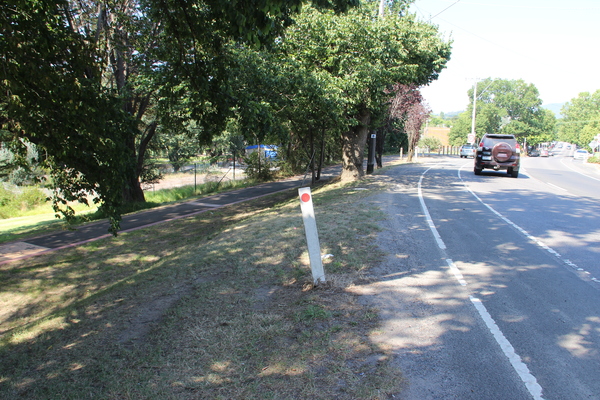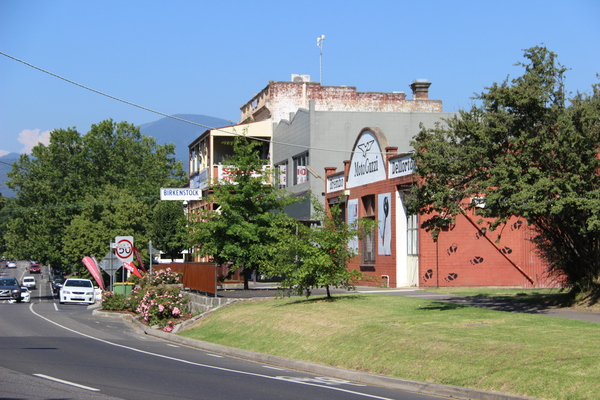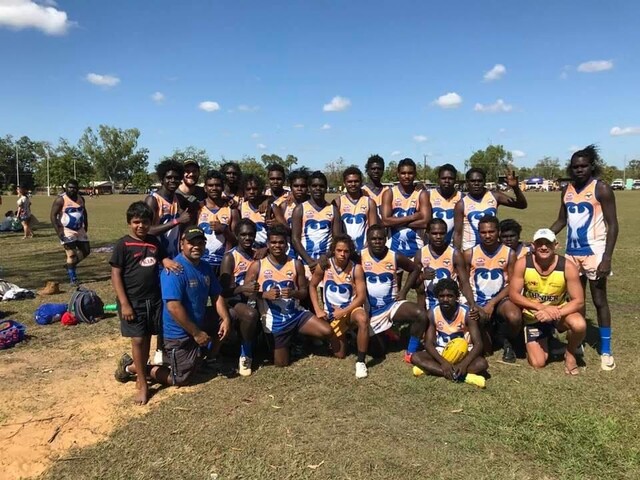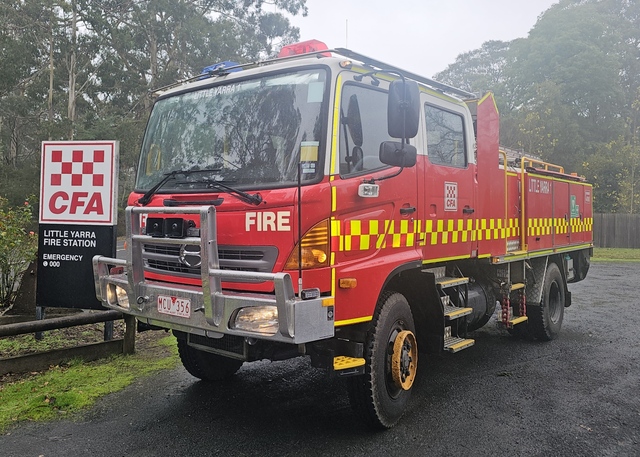By Kath Gannaway
The ‘V’ word once again raised its ugly head in Yarra Ranges Council meeting on Tuesday, 23 January, as councillors were asked to vote on a planning application for a five-level residential/commercial development in Healesville.
“It will be acceptable to my client provided we end up with a permit rather than a VCAT hearing,” Simon Merrigan, representing the applicant, told the councillors as he put the case for supporting amended plans.
The council didn’t support the recommendation to approve, however, voting seven to one instead in support of Cr Fiona McAllister’s alternative recommendation to refuse a permit.
As with a previous application for an Aldi supermarket on the adjoining Maroondah Highway site, in the end it was overwhelmingly about the height of the building.
Aldi ended up in marathon VCAT mediation with an agreed reduction in height sparing both the company and the Council the expense of a full-blown hearing.
Speaking on behalf of objectors, Healesville residents Elaine and Stuart Truman said the massive scale of the building was unprecedented in Healesville and showed a blatant disregard for the vision of the Design & Development Overlay (DDO) which says the maximum height of buildings ‘should’ be 7.5 metres.
She said one elevation exceeded the DDO by 4.8 metres and was above the Aldi tower.
Other issues raised were the ramp along the front of the building which Mrs Truman said did not meet the required gradient and would need to include two landings to provide access to all the tenancies.
They said there was no roof plan, no clarity around the atrium, no mention of reinstatement of footpath plaques, no landscaping plan and no detail around signage.
“Additional parking adjacent to the bowling club in River Street should remain public spaces,” Mr Truman said.
They said most of the issues had been raised at the public consultation in July but had not been addressed.
Mr Merrigan, managing director of development consultants Millar Merrigan, said the design was undertaken with consideration of the Healesville Structure Plan.
“It is a key site and was treated as such by our client and designers. These plans were the subject of extensive community consultation,” he said.
He disputed comments about the bulkiness, saying a lot of thought had been put into high quality design and to amendments following the July consultation.
Cr McAllister cited five grounds for refusal including excessive building scale, inconsistency with neighbourhood character, removal of Elm trees along Maroondah Highway, internal layout of a number of the dwellings which she said was contrary to energy efficiency codes and insufficient onsite parking.
While acknowledging that the application had a number of positives, including provision of housing and utilisation of a highly-visible vacant site, she said at the highest point the building was nearly 13 metres high.
“In this instance the proposal substantially exceeds the DDO and while the DDO says ‘should’ when it probably should say ‘shall’ it’s not a motherhood statement,” she said.
She spoke extensively of the rural character of Healesville and said almost every page of the Healesville Structure Plan makes reference to the heritage and unique character of Healesville.
“I would be supporting this if it were not for the height issues,” she said.
Cr Jim Child however argued that two senior planners and a ‘well-known’ planning consultancy firm were involved in developing the application which he said had gone through an extensive process of consultation.
“I am just amazed about how we go through this lengthy process which would have cost the applicants some tens-of-thousands of dollars to bring an application into this chamber for it to be just flipped over,” he said.
“We have a planning scheme and DDO for these specific areas, they have worked through the appropriate consultative process and we are in this chamber to make decisions.”
He said the site was unique and one that suited the proposed development plan.
“I believe the issues raised can be overcome by conditions attached to a permit,” Cr Child said.









